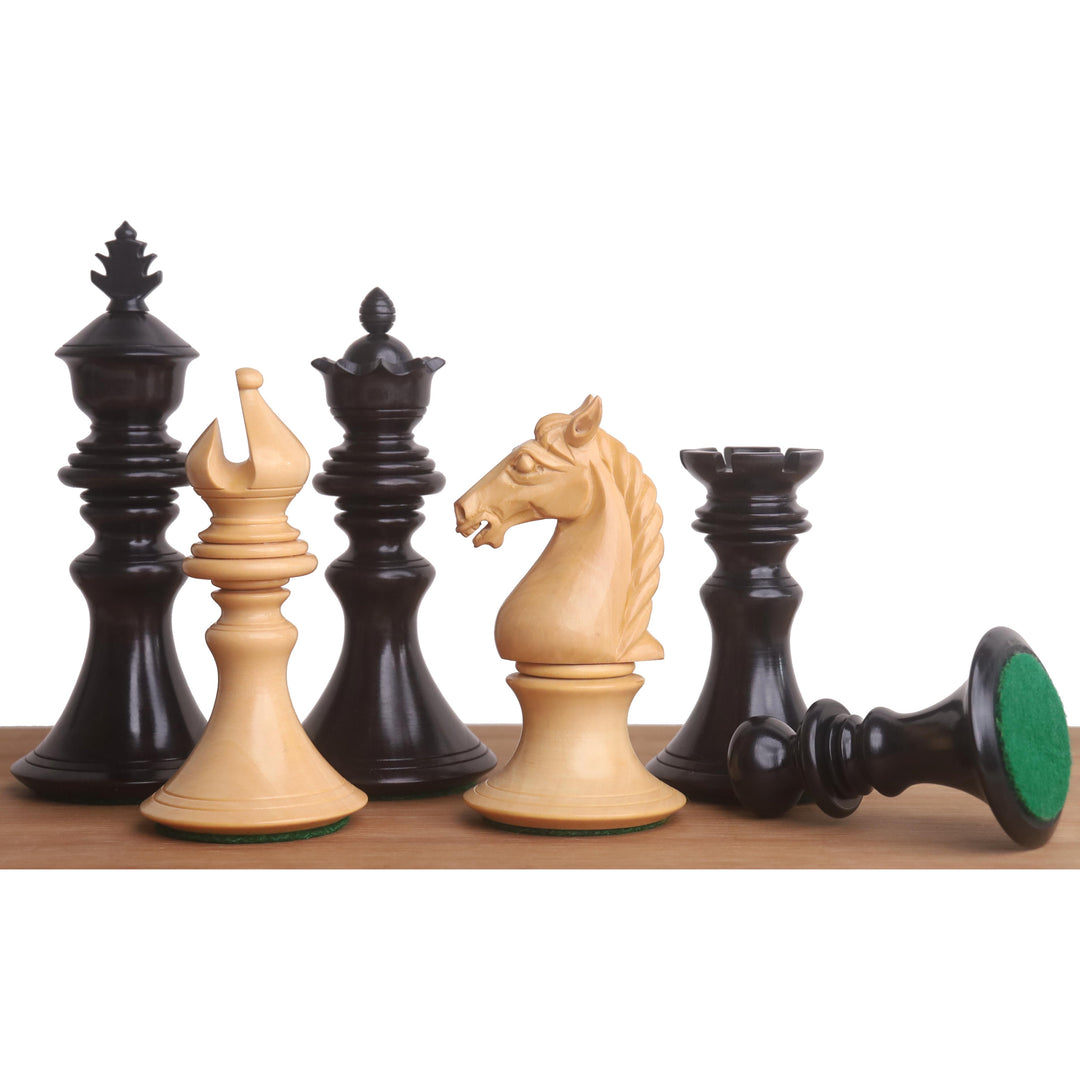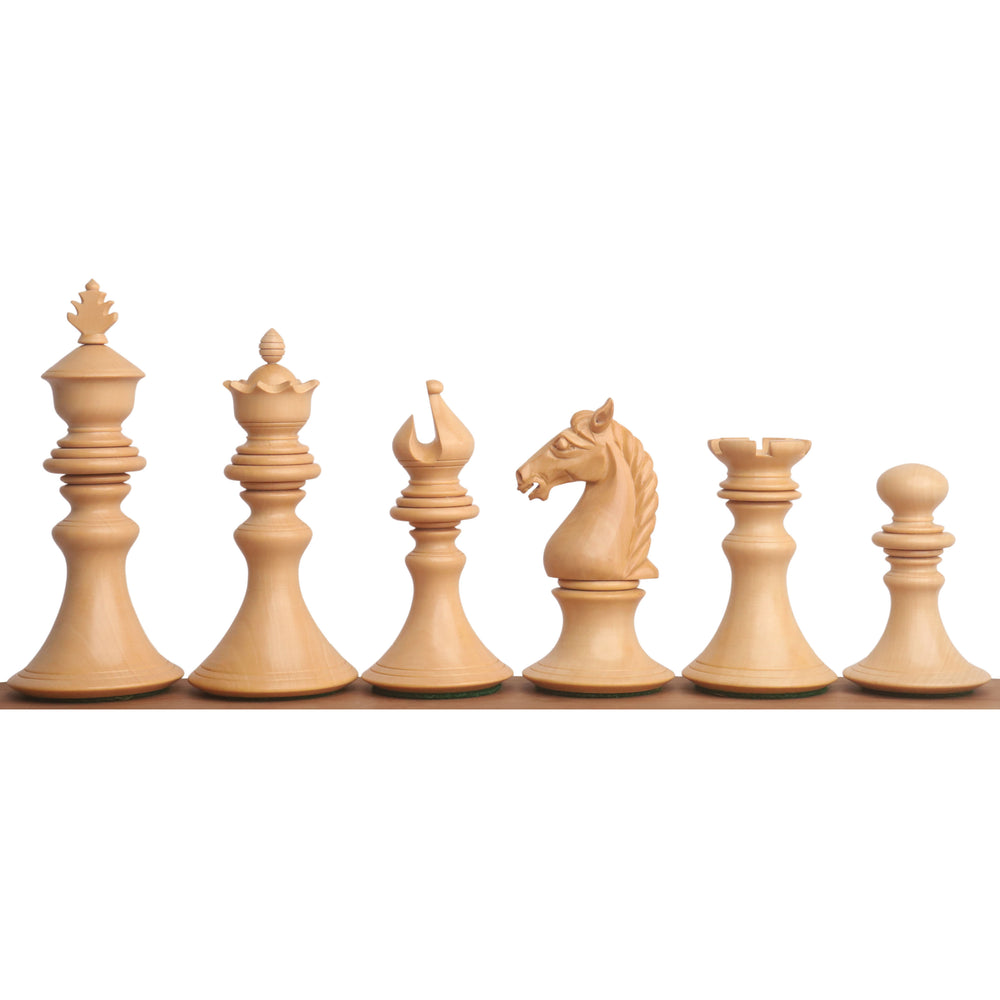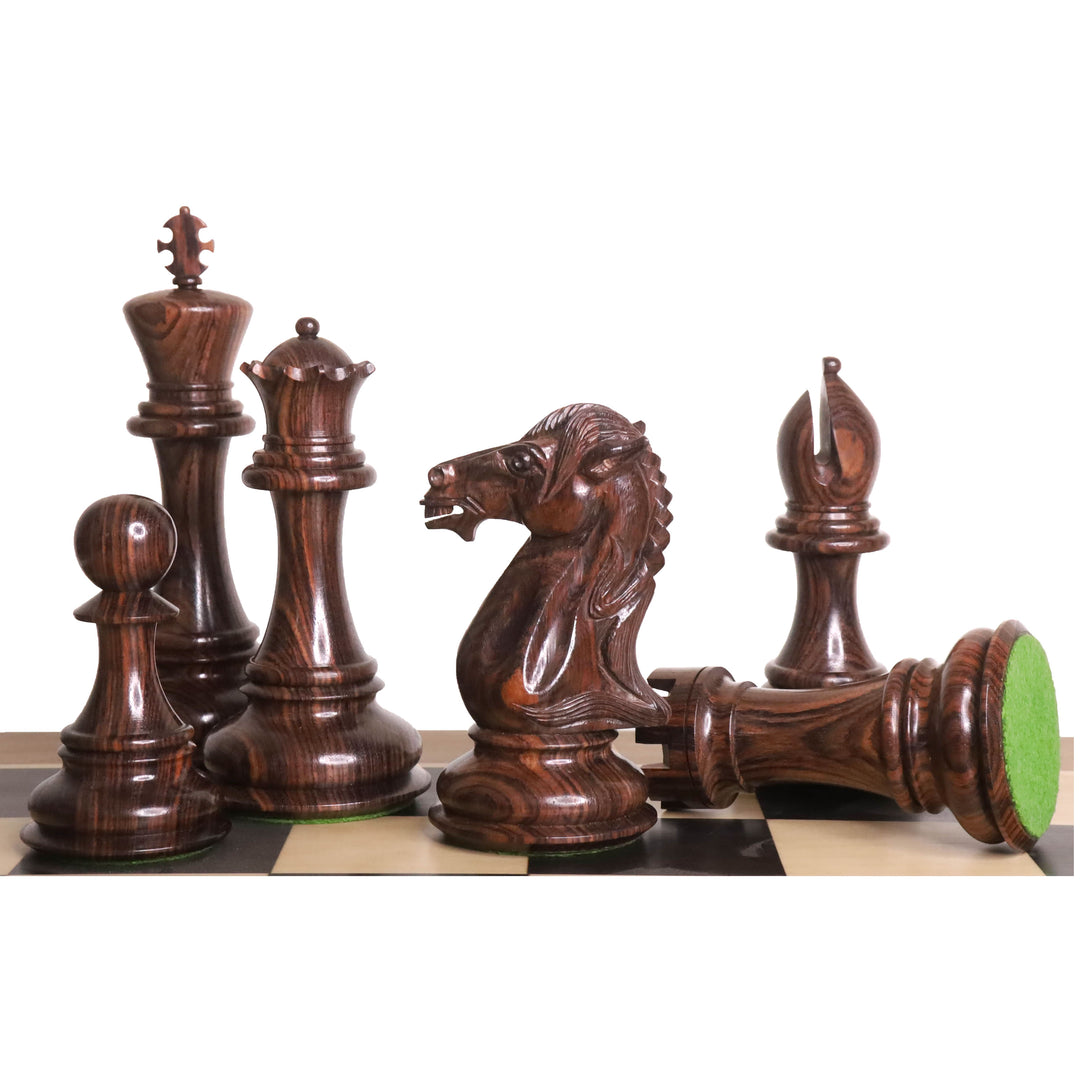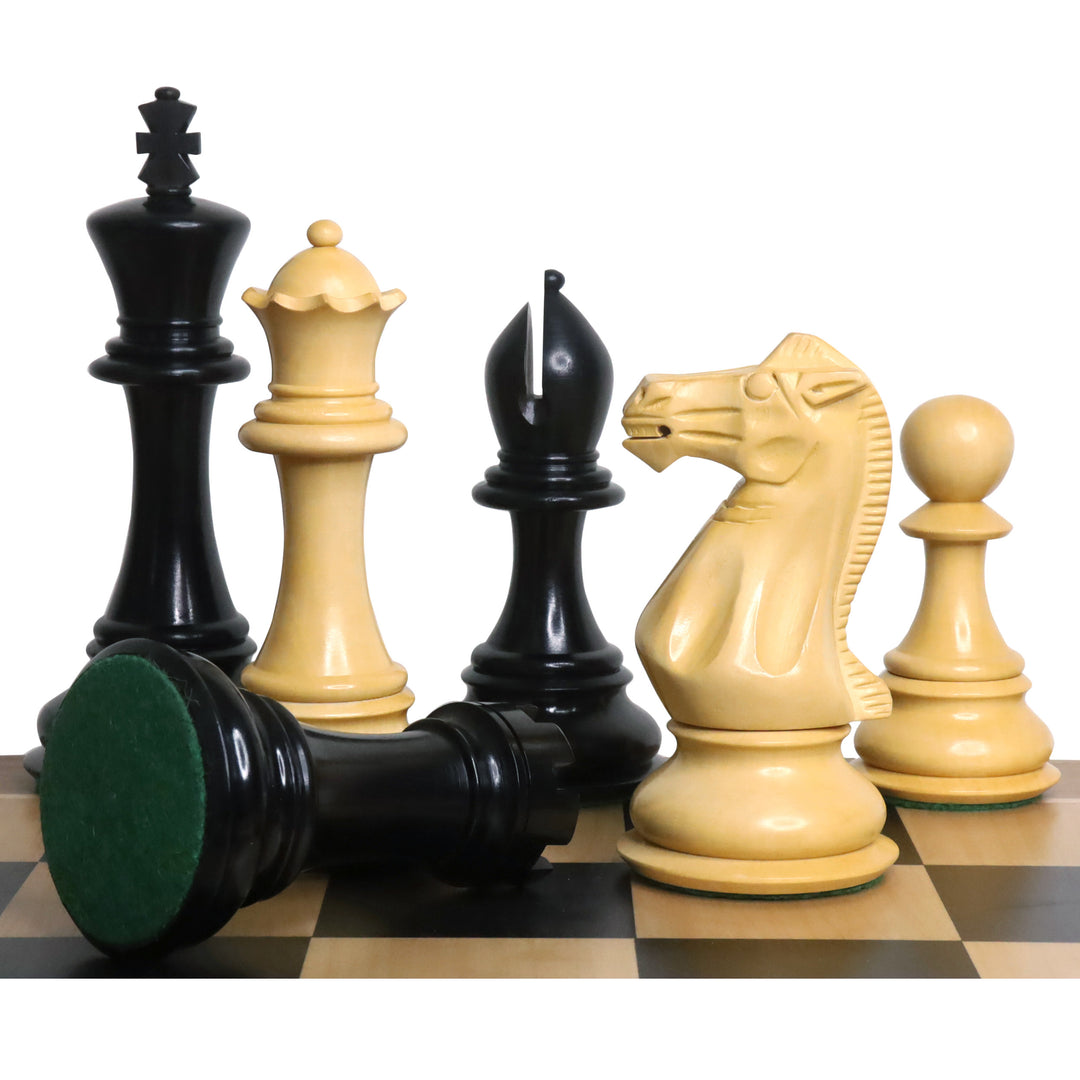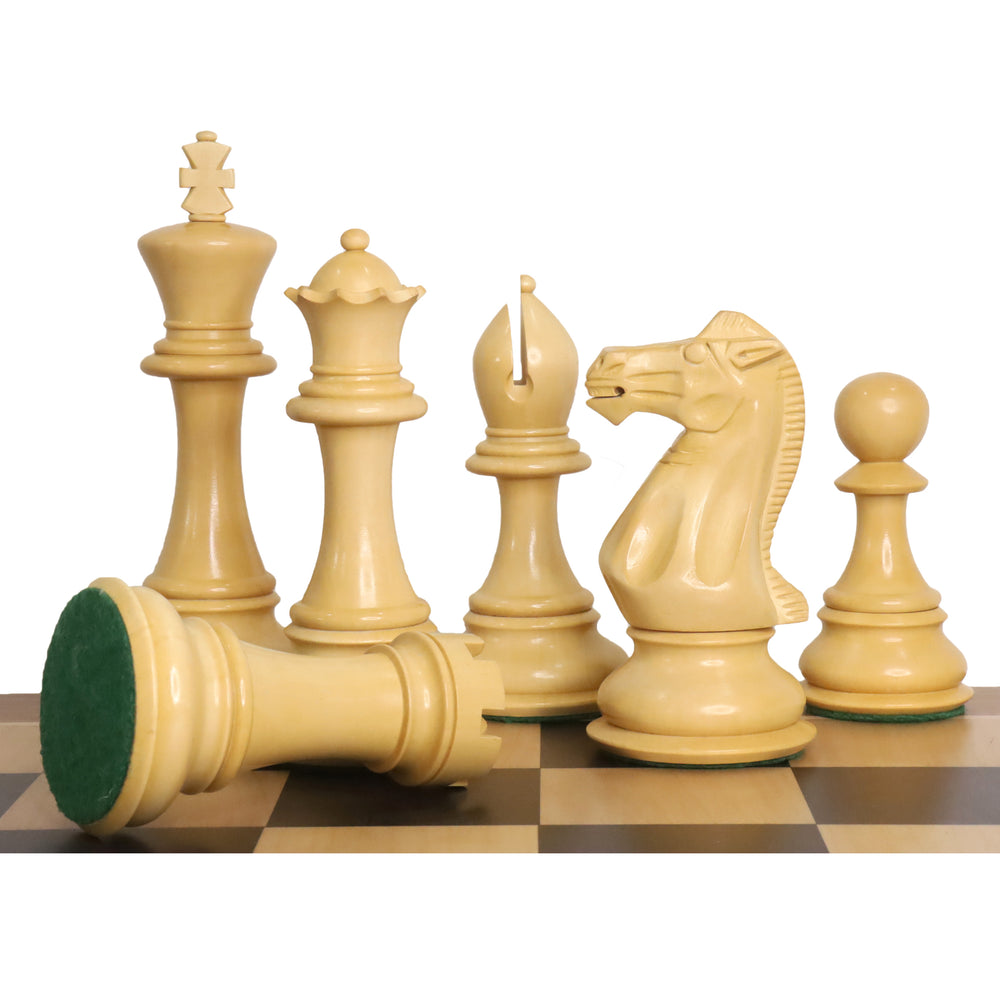Chess enjoys global popularity, with sets selling in abundance around the world. The primary motivation for most buyers is pure entertainment. However, after engaging in a game, players often notice issues with the size of the king, the stability of the pieces, and even their weight. These factors significantly impact the overall gaming experience, prompting the need for standardization in World Chess Championships and competitions. Chess pieces come in various sizes, forms, colors, and weights, allowing players to choose based on individual preferences. Today, we delve into the distinctions in chess sets concerning weight.
Understanding Weighted Chess Pieces
The 19th century brought heightened enthusiasm for the game of chess. As its popularity grew, the need for uniformity became apparent. Players expressed dissatisfaction with the lightweight nature of certain pieces, leading to a collective decision to introduce additional but manageable weight. This adjustment aimed to prevent pieces from shifting during gameplay, especially when tables were bumped or exposed to a breeze. Lightweight, non-weighted pieces were prone to scattering, causing frustration among players. The introduction of weighted chess pieces addressed this concern, providing a solid and premium feel compared to non-weighted counterparts.
The process of adding weight involved placing small metal weights in the base of each piece, effectively lowering the center of gravity and making it more resistant to tipping over. Playing with a weighted chess piece introduced a notable improvement, providing a more solid and premium feel compared to normal non-weighted pieces. The solution involved strategically placing small metal weights in the base of each piece within a chess set. This not only added a bearable weight but also lowered the center of gravity, making it substantially more difficult for the pieces to tip over during a game.
Despite the recognized need for weight in chess pieces, an industry standard for "weighting" remains undefined. Sellers play a pivotal role in this regard, as they differentiate weight categories while also considering the convenience of the end user. As a result, chess pieces are broadly categorized based on weight into three groups, providing a general framework:
- Single weighted: King weighs one ounce
- Double weighted: King Weighs around two to three ounces.
- Triple-weight: King weighs three to four ounces.
Check Now: 4.4" Goliath Series Luxury Staunton Chess Pieces
Single Weighted Chess Pieces
Single-weighted chess pieces feature a singular metal pellet, usually crafted from iron, adding a slight but discernible weight to the pieces. This weight differential, stemming from the metal pellet, distinguishes them from their non-weighted counterparts. In general, the weight of a chess piece correlates with its height and diameter. A single-weighted king, for instance, boasts a base diameter of 1.5 inches, weighs around 1 ounce, and stands at a height of about 3.7 inches. The weight and dimensions of other pieces in the set vary relative to the king's specifications. The introduction of a single weighted piece significantly mitigates the vulnerabilities of unweighted chess pieces. Given the advantages they offer in terms of stability and comfort during gameplay, weighted pieces, especially single-weighted, are the preferred choice among tournament players.

Featured Product: Single Weighted 3.7" British Staunton Weighted Chess Set
Double Weighted Chess Pieces
In the realm of double-weighted chess pieces, meticulous consideration is given to each chessman's height. Two iron studs are strategically incorporated into the set, with the king's weight ranging between 2-3 ounces. The weights of the other pieces vary proportionally to the king's weight. With the average height of a chess piece king spanning from 2.5 to 5 inches, the placement of iron studs is determined by both height and base diameter. For players seeking an optimal balance between weight and lightness, double-weighted chess pieces emerge as the finest option. This balance ensures that the parameters of each chess piece are harmoniously aligned, providing an ideal playing experience.

Featured Product: Double-weighted 3.9" Craftsman Knight Staunton Chess Pieces
Triple Weighted Chess Pieces
Moving up the scale, triple-weighted chess pieces take it a step further, with three iron studs or lead incorporated into each piece. In a triple-weighted chess set, the king typically weighs between three to four ounces, while the weight of the other pieces mirrors the king's specifications. While some individuals may perceive it as slightly over-weighted, a considerable number of players prefer the stability that triple-weighted pieces offer. Beginners using triple-weighted pieces for the first time might experience initial discomfort while moving the pieces due to the added weight. However, the trade-off is the absolute stability these pieces provide on the chessboard.

Featured Product: Triple-weighted 4.5" Sheffield Staunton Luxury Chessmen in Ebony
11 Factors to Consider When Selecting Weight Chess Pieces
When choosing weighted chess pieces, several factors come into play, each contributing to the overall gaming experience. Here are 11 key considerations:
1. Material
A chess piece's proper weight can vary based on several variables, such as the board's size and the substance the piece is constructed of. Chess sets are made of glass, metal, plastic, and wood. A wooden chess set is the most widely used option. Renowned for their sturdiness and traditional appeal, wooden chess sets introduce a captivating visual dimension to the game. Lightweight plastic chess pieces are the best option for novice players. Chess players with experience tend to favor metal or wood-weighted pieces.
2. Weight Distribution
Typically, chess pieces receive added weight to their bases. The crucial step is determining the precise amount of weight each piece requires. However, it's not a straightforward application to the chess pieces themselves. The process involves adding weight strategically to ensure an equitable distribution among them. Failing to achieve this balance could result in one side feeling heavier than the other, detracting from the overall enjoyment of the chess game. The ratio of height and the base diameter of pieces play an important role.
3. Base Size
Chess sets come in various sizes, catering to different preferences and purposes, from compact travel sets to expansive tournament sets. Your selection will hinge on both your intended usage and personal preferences. When opting for weighted chess pieces, the size of the base assumes critical significance. Each chess piece has a weight stud affixed to its base, and achieving an even distribution of weight becomes contingent on maintaining the proper ratio between the piece's height and the base's diameter. Failing to strike this balance can lead to an uneven weight distribution, potentially causing discomfort for the player during the game.
4. Stability
The instability of non-weighted chess pieces on the board, prone to scattering if the table is disturbed or toppling over in a breeze, underscores the need for incorporating weight into our pieces. In instances where stability concerns persist despite initial weight adjustments, the option to add more weight may seem tempting, but this might yield minimal benefits. Ensuring optimal stability for chess pieces on the board is paramount. In the course of a chess game, players should navigate the board freely, devoid of concerns about disrupting the position of any pieces. Thus, it becomes imperative to guarantee the stability of chess pieces on the board, especially after the addition of weight.
5. Design and Aesthetics
For a very long time, chess pieces and boards have represented elegance, style, intellect, and occasionally, economic prosperity. These sets, comprising miniature tactile sculptures, present a nearly irresistible opportunity for creators and artists to exhibit their craftsmanship, while owners get to express their unique taste. The intrinsic value of chess lies not only in the pursuit of victory but also in its status as an art form. Sacrificing the design and aesthetics of chess pieces for the sole purpose of increasing weight is not a trade-off we are willing to make. Chess, after all, is a synergy of strategic gameplay and visual allure. Each piece on the board is a work of art, deserving to be visually striking. Therefore, you should take design and aesthetics into account while choosing your chess pieces.
6. Standard Dimensions
In evaluating chess piece weight, dimensions play a crucial role. FIDE and USCF both recommend consistent guidelines: the king's base diameter should be 40 to 50 percent of its height. Additionally, the base diameter should be 75 to 80 percent of the square's size. This ratio ensures proper piece spacing on the board. Whether chess pieces feature single or double-weighted iron studs, determining each chessman's dimensions is vital. The iron stud's thickness depends on the base's height and diameter. Adhering to these standards, beyond ensuring uniformity, is essential for player comfort during the game, contributing to a seamless and enjoyable chess experience.
7. Quality and Durability
The chess set's quality significantly impacts the joy of playing. A well-made set forms the basis for an excellent gaming experience. Purchasing a chess set is an enduring investment, requiring ample research and consideration. Opting for a weighted chess set ensures heightened durability. In choosing a weighted chess set, you not only invest in quality but also receive exceptional value for your money. The enduring nature of these sets further solidifies their status as a wise and lasting investment for avid chess enthusiasts.
8. Budget
Chess sets are available at various price points, making the cost a crucial consideration. It's essential to find a set that aligns with your preferences while remaining within your budget constraints. Plastic sets, although less expensive, may lack durability and aesthetic appeal. Alternatively, luxurious timber sets, despite their higher cost, boast excellent design and aesthetics. Damp sets, while resilient, can endure rough handling. Likewise, chess sets made of marble or glass, though expensive, offer superior quality. The key is to select a set that strikes a balance between your taste and budget, ensuring a satisfying blend of affordability and desired features.
9. Brand Reputation
Brand reputation is paramount in the realm of chess sets. Established brands often symbolize quality and reliability, offering assurance in a product's performance and durability. Researching the reputation of the brand associated with the chess set you're considering provides valuable insights, aiding in a more informed and confident purchase decision.
10. Reviews and Recommendations
Check out the user reviews and seek recommendations when exploring chess sets. Real-world experiences shared by those who have purchased the same weighted chess set offer practical insights into product strengths and potential shortcomings. This comprehensive approach ensures your final choice aligns not only with personal preferences but also with the collective experiences and feedback from the broader community of chess enthusiasts.
The Role of Weighted Chess Pieces in Tournaments
The FIDE handbook outlines no specific guidelines regarding the weight of chess pieces, leaving the choice to players. According to FIDE, the selected piece weights should balance stability and easy mobility. Players have the flexibility to choose any weighted piece with mutual agreement. Weighted chess pieces, favored by many players, boast larger bases and more weight, providing a satisfying thud when placed on the board. This solidity ensures stability during play, allowing players to move pieces without concerns of displacement.
Conclusion
Chess has evolved, with the weight of chess pieces becoming a topic of discussion. While there's no definitive answer to the ideal weight, the consensus among players leans towards slightly heavier pieces. The enjoyment of moving weighted chess pieces on the board, coupled with their robustness, makes them preferable. The added weight ensures stability, preventing accidental disruptions during play. When shopping for a chessboard, considering weighted chess pieces is a prudent choice, guaranteeing a satisfying and durable gaming experience.
So, if you wish to partake of the delight of playing Chess using weighted pieces, just visit Royal Chess Mall and take your pick from our wide range of exquisitely handcrafted premium Chess sets, Staunton chess pieces and Staunton chess set. We promise you won’t regret it, for even if your schedule doesn’t let you play the game as often as you’d like, just those glances of admiration tinged with envy will make the acquisition well worth your while!
Also, for those who appreciate simplicity, a minimalist chess set offers clean lines and a modern aesthetic. To keep your chess pieces organized, consider a stylish storage box for chess pieces designed for chess enthusiasts. Tournament chess set cater to competitive players, ensuring precision and durability. Alternatively, indulge in the timeless elegance of a marble chess set, where each piece is a work of art.






